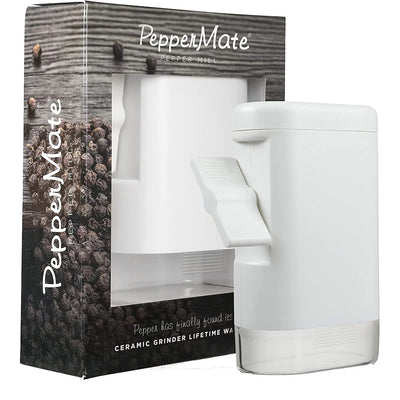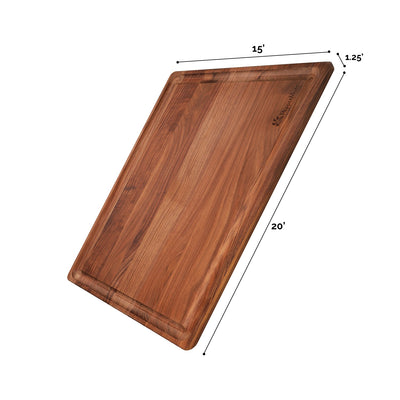Hawaiian Cooking Methods? Imus Know More!

One of the beauties of global cuisine is its diversity. While the ingredients, flavors, and/or preparation techniques are the most obvious hallmarks of this diversity, it’s the way that cooking methods reflect environmental conditions and cultural traditions that is sometimes the most fascinating.
Food Worth Its (Sea) Salt
Polynesians relied on steam cooking with a pit oven called an imu. From whole pigs to sweet potatoes, imus created a go-to cooking method that is still used and respected in modern Hawaiian culture.
Taro leaves are also a prominent Polynesian cooking method still seen today. Known as luau, taro leaves were either steamed and consumed or used to hold water and food. Taro is nutrient rich and dense in calories – a must-have on an island that initially had very few edible plants or game to eat!
Of course, no meal is worth its salt without, well, salt. Native Hawaiians used sea salt to not only season and preserve food, but also for religious, ceremonial, and medicinal purposes. In Hawaii, sea salt can be collected from rocky shoreline pools where it occurs as a result of natural solar evaporation. Who knew salt could be so-dium interesting?
Hawaiian-Inspired Meals: Good Now and Lei-Ter
Ready to bring a little bit of paradise to your next cookout? Our Aloha Pork served in a fresh pineapple and seasoned with our RawSpiceBar Hawaiian Blend is the savory-sweet summer meal you’ve been looking for. Need a veggie option? Our Hawaiian Tofu Kebabs will easily become a BBQ staple.
Ready for a summer full of flavor? Give this month’s RawSpiceBar recipes a try. Share your creations with us on Instagram, and follow along for tasty tips and tricks.




















Leave a comment